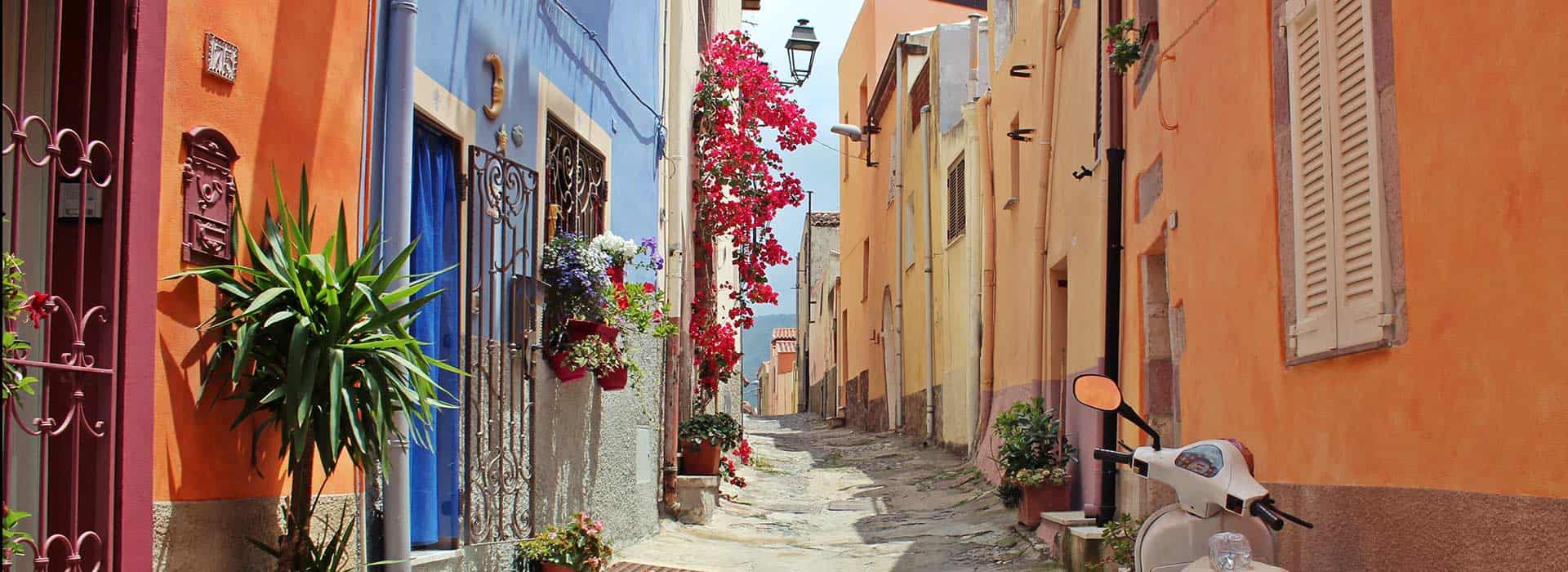
29 Apr Top things to do and see in Füssen – Germany
Füssen is a picturesque town located at the southern end of the Romantic Road, in Bavaria, Germany that has been attracting tourists for almost two centuries. It’s steep cobblestone streets are lined with shops and dotted with charming houses, making it an ideal place to visit on vacation or retirement.
The Hohenschwangau Castle and the Neuschwanstein Castle are the two main attractions in Füssen. Hohenschwangau Castle is the birthplace of King Ludwig II of Bavaria, and Neuschwanstein Castle was built by Ludwig II as a retreat. Both castles are located on a hill above the town of Füssen. There are also several other attractions in the town, including the Füssen Town Museum, the St. Mang Church, and the Lech Fall.
Things to do and see
1.Füssen Old Town
Füssen old town is lovely and quaint, the houses are old and very well preserved. There are many little shops and cafes, and the people are very friendly. There are also a number of museums and historic sites to visit, including the Hohes Schloss, the Museumsberg, and the Stadtmuseum.
2. Town Museum
The museum houses a collection of artefacts and exhibits on the history of the town and its people. The collection includes items from the town’s founding to the present day, and covers a wide range of topics including the town’s industry, culture, and daily life.
3. Hohes Schloss
Füssen is home to several museums and historic sites. The most notable is the Hohes Schloss, or High Castle. This imposing castle sits atop a hill overlooking the town and was once the home of the ruling family of Füssen. It was built in 1290 and is still owned by the Hohenzollern family. Today, it houses a museum with exhibits on the history of the castle and the town and it has been considered “one of Germany’s most beautiful castles”.
Inside the castle, there are several rooms decorated with paintings and tapestries. Outside, there is a small garden with views over the town.
4. Museum of Bavarian King
The Museum of Bavarian Kings is located in the Hohenschwangau Castle and depicts the story of the Wittelsbach dynasty which ruled Bavaria for over seven centuries (from 1180 to 1918). The museum includes exhibits on the history of the castle, the royal family, and Bavaria.
5. Museum of Lechweg
The Museum of Lechweg, chronicles the history of the Lechweg, a popular hiking trail that runs through the region. The museum features a number of exhibits on the history of the Lechweg, as well as the people and cultures that lived along the route. The museum is a great place to learn about the history of the region and the people who have lived here for centuries.
6. Kaiser-Karl-Der-Grosse-Kirche (Church)
The most notable is the Kaiser-Karl-Der-Grosse-Kirche, this church was built in the Romanesque style in the 12th century. It was named after Emperor Charlemagne, who was crowned King of the Germans in this church in 800. The church has a unique design with two towers, one square and one round. The church is open to the public and is a popular tourist destination.

7. Saint Mang's Abbey
The Abbey of Saint Mang is located on the edge of the old town of Füssen, on the bank of the Lech River. Its buildings are a mix of Romanesque and Gothic styles and date from the 8th to the 16th centuries. It was founded by the Duke of Bavaria, Tassilo III, and was home to a community of monks of the Benedictine order.
The Abbey church is the oldest building on the site and is a fine example of early Bavarian Romanesque architecture. The church is open to the public, and its interior is well worth a visit. The museum is open daily, and entry is free.
For those interested in exploring more of Bavaria, the town is located along the Lechweg, a historic trail that runs from Füssen to Passau. The nearby village of Schwangau is a popular tourist destination due to its association with Ludwig II and his famed fairy-tale castle, Neuschwanstein Castle.
9. Marienbrücke (Queen Mary's Bridge)
The Marienbrücke is a pedestrian bridge that spans the River Lech and offers stunning views of the surrounding mountains. It is definitely worth a visit, even if just for the view.

8. Neuschwanstein Castle
Neuschwanstein Castle was commissioned by King Ludwig II of Bavaria as a personal refuge and fantasy castle. It was designed by architect Christian Jank and completed in 1892, but construction ceased due to lack of funds, Neuschwanstein Castle is about two miles outside Füssen and is one of the most recognizable landmarks of Germany.
The legend goes that when Prince von Schwangau was hunting with his father, he had an ominous dream about being chased by a giant swan. When he awoke, he found himself lying on top of a rocky formation with water flowing through it. He told his father about his dream, who then told him that the place was an excellent location for a castle. The legend has inspired many artists, including Richard Wagner who used the site as inspiration for his opera “Tannhauser”.
10. The Hohenschwangau Castle
The Hohenschwangau Castle was built in the 19th century in the Neo-Gothic style by King Ludwig II’s father, King Maximilian II of Bavaria. It is one of the most famous castles in Germany and a symbol for the town of Hohenschwangau. The castle is now a museum and is open to the public.

11. The Lechfall Waterfall
The Lechfall waterfall is one of the most beautiful waterfalls I have ever seen. One thing that makes this waterfall so unique from others is that there are multiple levels to it. You can see different levels or terraces going down on either side of the river as well as up above where they meet in the middle. These terraces have been created by erosion over time because of the water flow.
Another interesting thing about this waterfall is that it has multiple lakes below it that have been created by humans as well as naturally. One lake can be seen on the left side of the river where there is a small waterfall coming down from above.
The scenery surrounding Lechfall is beautiful with lush green trees, cliffs, and an emerald colour river running through it. This rock formation and waterfall have been used in many movies such as “The Three Musketeers” and “The Last Samurai”.
These are just a few of the many things to do in Füssen, Germany!
Make sure to visit all the sites and take lots of photos because you won’t want to forget this incredible experience!
YOU MIGHT ALSO WANT TO CHECK OTHER GERMAN CITY ARTICLES, JUST CLICK HERE.
LIKE THIS POST? PIN IT FOR LATER


No Comments